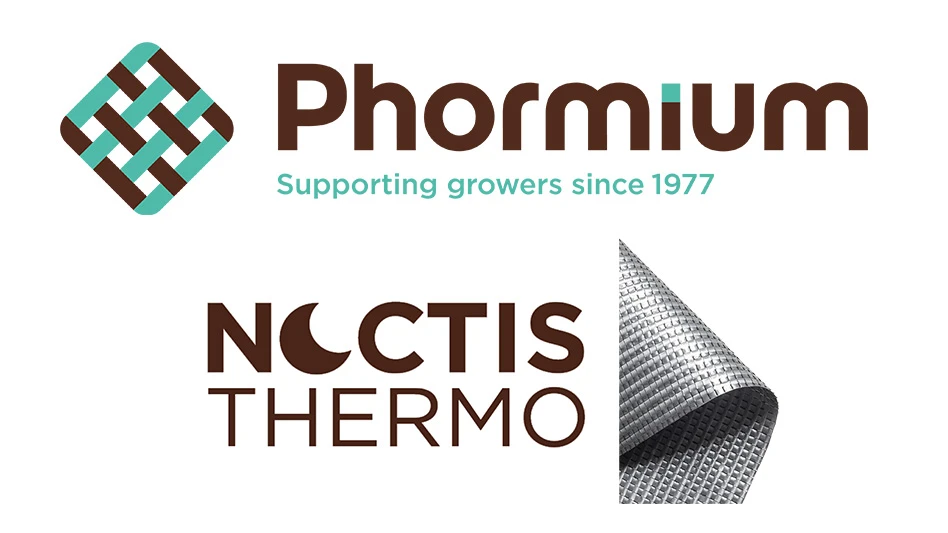From Bess Dicklow, UMass Plant Diagnostic Lab and Tina Smith, UMass Extension:
Alternaria leaf spot, Xanthomonas leaf spot and poinsettia scab are three diseases that were recently diagnosed on poinsettias and are easily mistaken for one another. Poinsettias with leaf spots should be sent to a diagnostic laboratory for accurate diagnosis.
Alternaria Leaf Spot on Poinsettia
Symptoms of Alternaria leaf spot on poinsettia caused by Alternaria euphorbiicola are small, reddish brown spots with a tan center. Lesions with a black purple margin form on bracts and stem lesions can result in stem girdling. Management includes reducing leaf wetness, removing diseased plants (if only a few are infected) and applying fungicides labeled for leaf spot diseases on poinsettia. Fludioxonil (Medallion) and azoxystrobin (Heritage) give good disease control; thiophanate-methyl materials are not effective.

Poinsettia Scab
Symptoms of scab by the fungus Sphaceloma poinsettiae are tiny puckered leaf spots, stem cankers, and abnormal internode elongation. In the past few years, infected cuttings from Central America have been the source of scab outbreaks in US greenhouses. Scab is very contagious when it occurs during propagation: the warmth and splashing of overhead irrigation encourages spread from plant to plant. If growers fail to rogue out plants with stem lesions of scab at this stage, as the plants grow, the abnormal tall growth, causes infected plants to be very obvious.
Cultural control is the first line of defense. Minimize water splashing and leaf wetness. Scout the crop for characteristic symptoms, especially unusually tall plants. Remove and destroy all plants that display scab symptoms. If in doubt, isolate the plants and observe them. Remove plant debris from the greenhouse. Disinfect hands, tools, and other equipment frequently and immediately after handling plants with disease symptoms. Proceed with pinching operations as pinching will make it easier to inspect plants for leaf and stem symptoms. This also increases light and air penetration, keeping the leaves and stems drier and less prone to disease development. For growers who overhead irrigate, a weekly fungicide program should be used if scab is found. A protective fungicide program can include Systhane (myclobutanil), Spectro 90WDG (thiophanate-methyl plus chlorothalonil), Daconil (chlorothalonil), Heritage, Compass, or Cygnus (strobilurins).
Beware of this disease next year during poinsettia propagation season.

Xanthomonas leaf spot on Poinsettias
Symptoms of Xanthomonas campestris pv poinsettiicola begin with dull gray water-soaked areas. Yellow or tan spots can develop across the leaf. As the disease progresses, spots turn brown and angular and can be confused with poinsettia scab. Infected plant material is probably the most important source of contamination; the bacteria can survive in dried leaves for as long as a year and they can reside on the foliage for several months before initiating disease.
Like all bacterial diseases, Xanthomonas is spread by water splash from overhead irrigation, high humidity and close plant spacing. Control must be based upon strict sanitation with the elimination of all infected stock. Diseased plant debris and affected plants should be removed from the growing area and destroyed.
Workers should wash their hands or discard gloves after handling diseased plants or soil. Greenhouse benches should be disinfected. Handling of wet foliage should be avoided. Since bacteria can be spread from plant to plant by irrigation water, minimize splashing and reduce leaf wetness by spacing and improve air circulation with fans where possible. The disease is difficult to control without the elimination of overhead irrigation. Copper products (Champion, Nu-Cop 3, Camelot O, Phyton) are registered for the control of Xanthomonas species. Mixtures of mancozeb and copper can give improved control. Some growers are alternating Cease with copper products to reduce phytotoxicity symptoms caused by repeated use of copper materials. Bactericides are only marginally effective in managing bacterial diseases.

Latest from Greenhouse Management
- Last Word with Angela Labrum, Bailey Nurseries
- Iowa plant supplier Plantpeddler building retail complex
- This month's Greenhouse Management magazine is about native plants and sustainability
- The HC Companies, Classic Home & Garden merge as Growscape
- Terra Nova releases new echinacea variety, 'Fringe Festival'
- Eason Horticultural Resources will now officially be known as EHR
- BioWorks receives EPA approval for new biological insecticide for thrips, aphids, whiteflies
- ScottsMiracle-Gro transfers cannabis subsidiary to focus on core lawn and garden business





